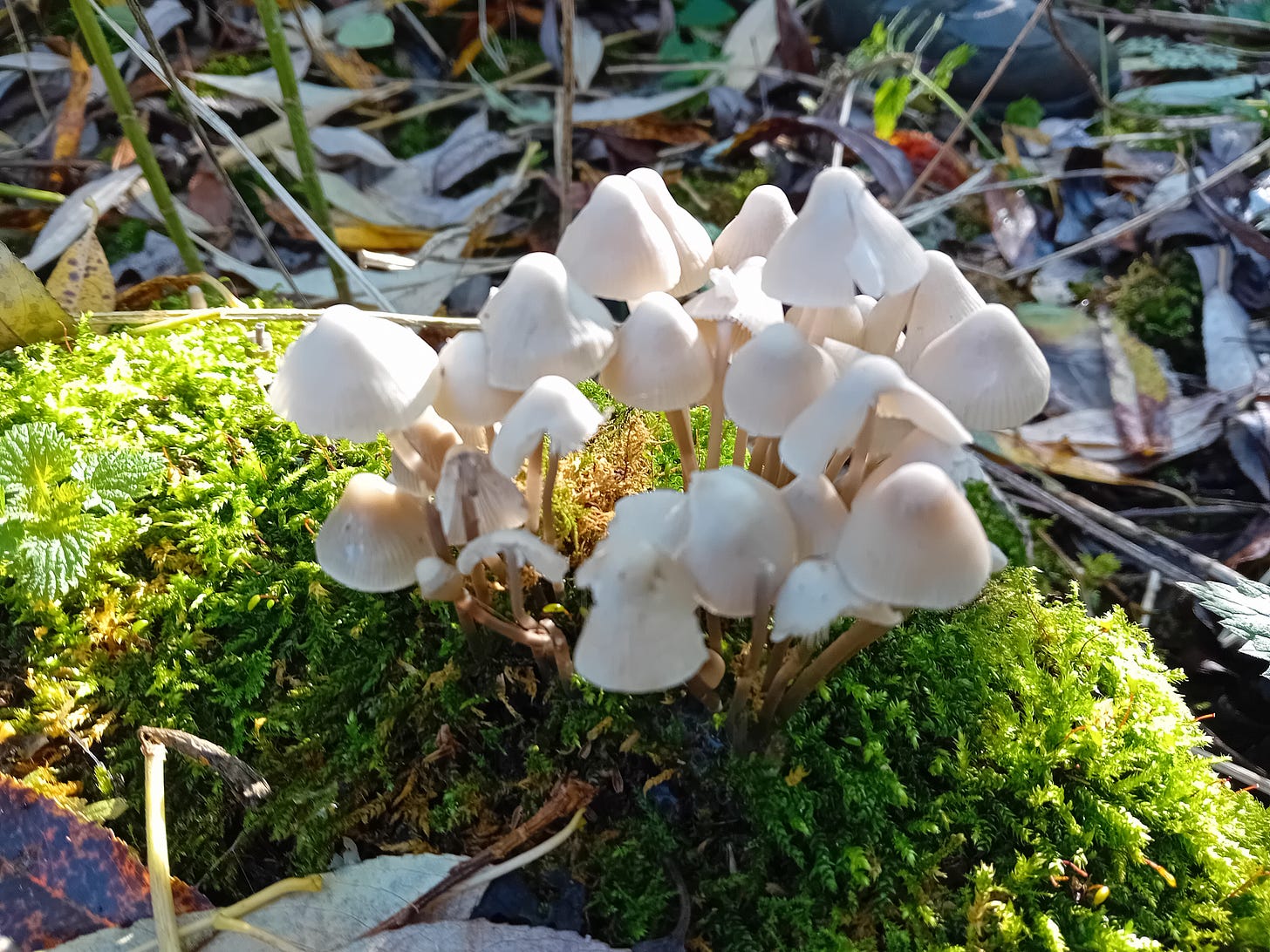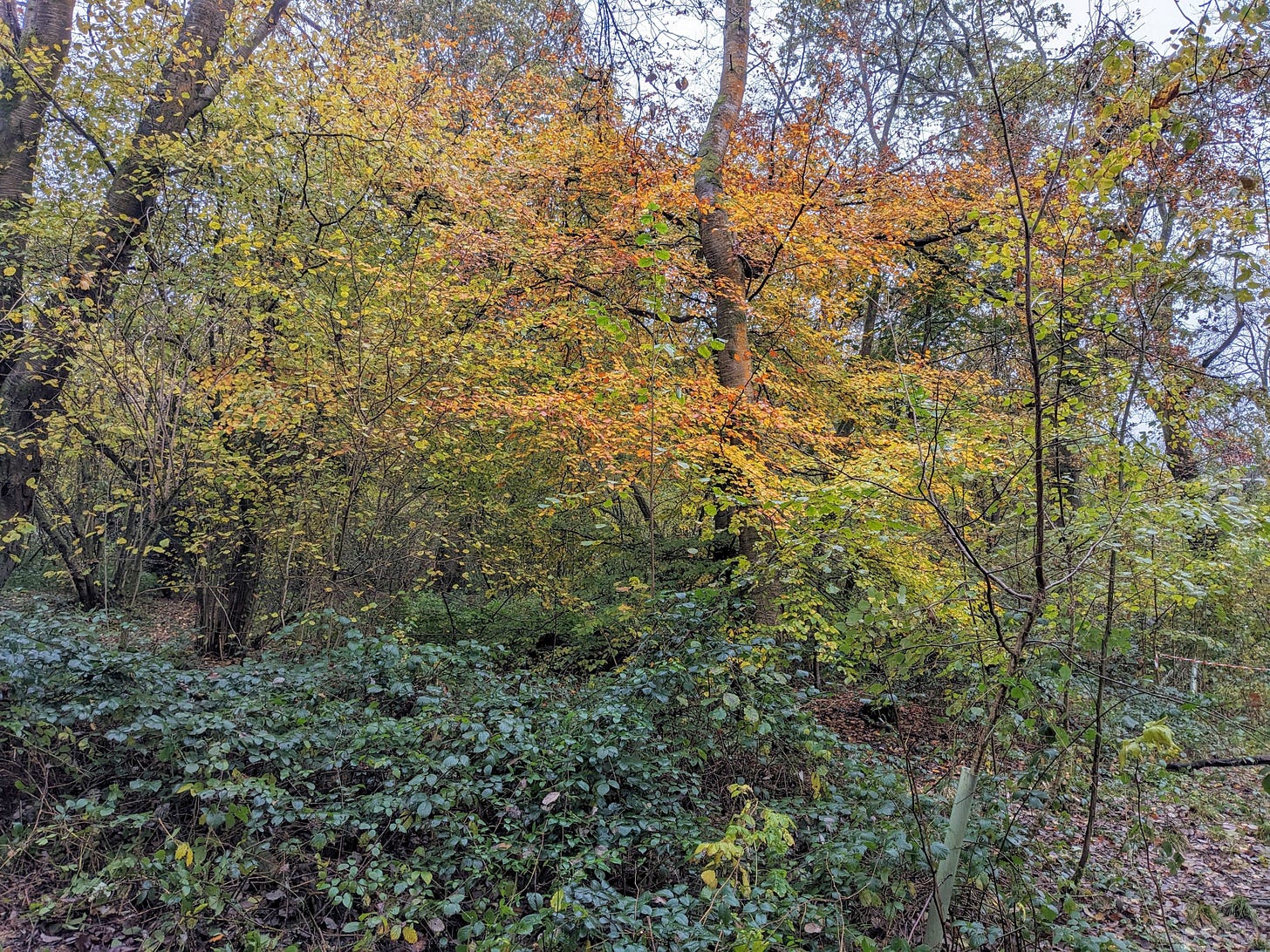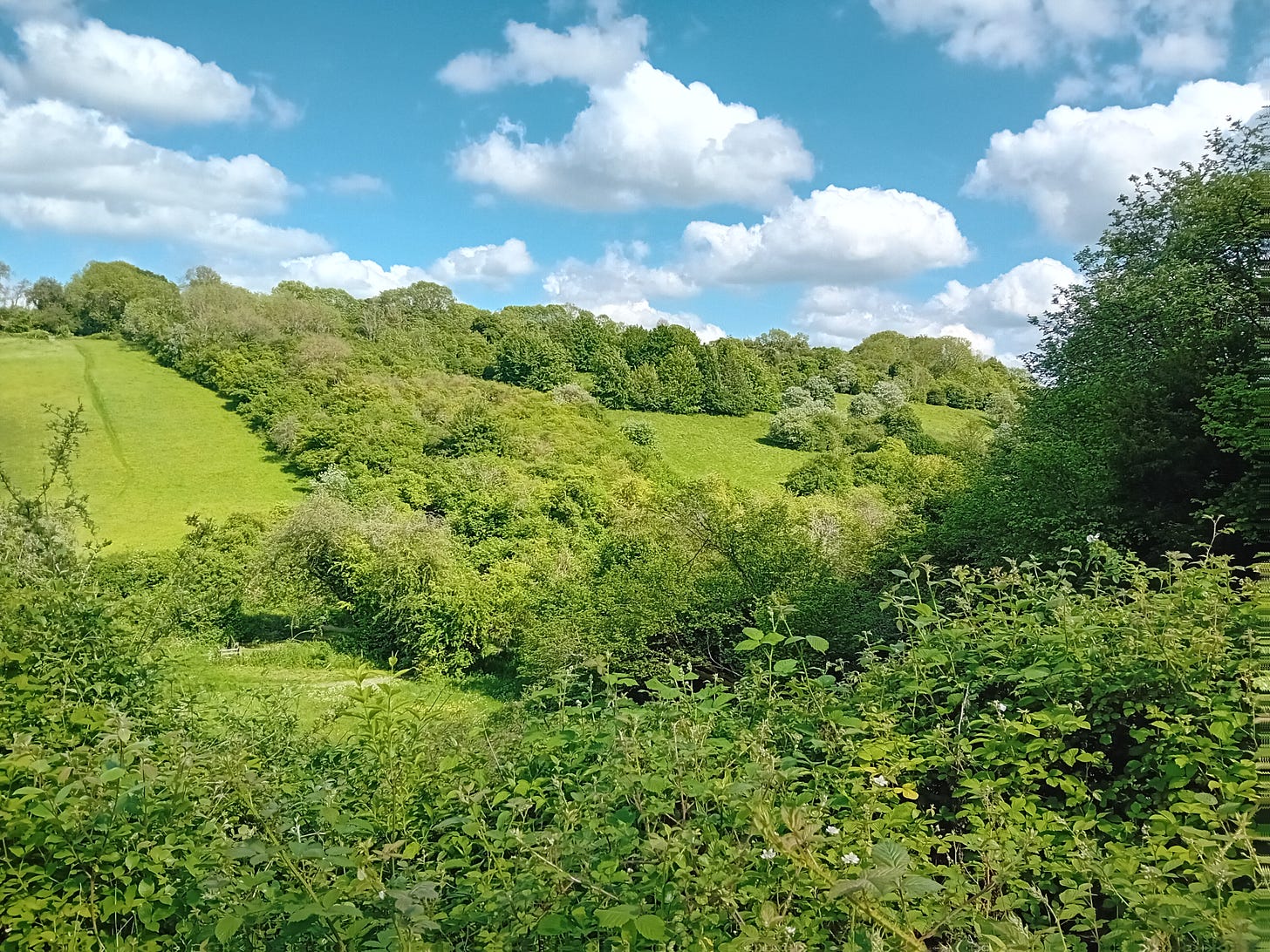“What is the duty of the nature writer?” Charlie Gilmour poses that question at the start of his recent Guardian review of John Lewis-Stempel’s latest book, England: A Natural History1. Gilmour, a nature writer himself, goes on to say that:
“It’s a question nature writers love to ask themselves. The more optimistic might say that their task is to mend humanity’s broken relationship with the natural world: pessimists that their role is merely to “bear witness” to life on a dying planet. As the nature-writing genre continues to flourish – in terms of sales, at least – the answer from publishers might be that the first duty of the nature writer is simply to write.”
Do those who write about the natural world have a responsibility to do anything other than write? It’s a timely question for me as I approach the first anniversary of “Stories of Coexistence” and I consider whether I am achieving what I had in mind when I first started publishing on Substack, and what I hope for my writing in future.
As Gilmour highlights, there has already been much discussion about the extent to which nature writing should be trying to change attitudes towards the environment and whether celebrating the joy of nature, or highlighting the threats to it, is the best way of doing this. This dilemma was neatly summarised by Richard Mabey, the author whose writing provided the inspiration for the title of “Stories of Coexistence” (as I explain here) and whom the Guardian has described as “Britain’s most respected nature writer”. In a 2007 newspaper interview, Mabey said:
“…the predominantly pessimistic strain in environmental thinking….is hard for me, because I know in some ways that it is proper and the correct response to what has happened, but I also know enough about natural systems to know that they are much more resilient than conventional environmentalism gives them credit for. Squaring those two things is difficult and that's what I regard as the hard work in my writing, actually to celebrate the inventiveness and individuality of wild things at the same time as saying, yes, they are threatened. Somehow we have to work across that gap.”
Like Mabey, I think that nature writers should aim to both celebrate how amazing nature is and to provide a better of understanding of it, even those parts of nature which may be less easy to celebrate such as parasites and bacteria. In her essay Pathologies Kathleen Jamie writes beautifully about this nature “we’d rather do without”. And of course, we are part of nature too. It is hard to tell the stories of other species without discussing the disproportionate, and increasingly harmful, impacts our own species has on them.
My own motivation for writing can best be summed up by this quote from Roger Deakin in Notes from Walnut Tree Farm: “Why write? A writer needs a strong passion to change things, not just to reflect or report them as they are.” I want to share my experiences as a conservation volunteer and citizen scientist not only to challenge some of the negative stereotypes that exist about nature in cities and to encourage a much greater appreciation of wildlife, both urban and rural, but also to highlight the changes we need to make as individuals and as a society to ensure nature continues to thrive in future.
I’m realistic about how much influence I can have through “Stories of Coexistence” which has a small (but slowly increasing) audience, especially as in many cases I am probably preaching to the converted, something I suspect is a challenge for many nature writers. But there are examples – most famously Rachel Carson’s Silent Spring leading to the banning of DDT in the US – of environmental and nature writing which has had a huge impact on policy and practice. The banning of DDT and the subsequent recovery of raptor populations also shows we can turn things around if we choose to.
In a 2015 article for the New Statesman Robert Macfarlane lists numerous other examples where literature has inspired environmental activism and influenced policy. These range from a student of his being inspired to join a climate protest after reading The Peregrine by J.A. Baker to George Monbiot’s book Feral leading to the establishment of the charity Rewilding Britain. As Macfarlane points out, using a quote from the American writer, Rebecca Solnit, “Writers need to understand that action is seldom direct” and it can sometimes take a long time for it to be felt. He illustrates this with the example of the first National Parks being established in the US as a result of Roosevelt reading John Muir’s essays years after they were first published.
I believe my writing will have a greater impact on people’s attitudes and behaviour if it focuses more on the wonder of nature rather than how endangered it is. But I also believe that it is impossible to write about the natural world at a time when the nature and climate crisis is getting ever more real without referring to the threats it faces and considering what we can do to reduce those threats. It can be hard not to feel pessimistic when the mainstream media is full of stories of extreme weather events and species extinction, and it feels like collectively we are doing far too little to turn things around. I can’t ignore those threats but I also want to be able to highlight the urgency of the need for change in a way that doesn’t put people off reading. That’s why, like Mabey, I want to “celebrate the inventiveness and individuality of wild things at the same time as saying, yes, they are threatened”.
Whether you’re new to Stories of Coexistence or have been with me since the beginning, I’m very grateful for your interest in my writing. If you like what you’ve read and would like to help ensure it reaches more people, please do press the ‘like’ button. I believe there’s some sort of algorithm which means that posts with more ‘likes’ are more likely to be seen by other readers (not that I have a clue how these things work). And please do add a comment. I’d love to know if others share my views on nature writing.
To finish….
…a few things I’d like to share:
The health benefits of urban green spaces: It’s long been recognised that parks and other green spaces help make cities more pleasant and liveable places but there’s now been a comprehensive review which identifies exactly how much such places contribute to improving both physical and mental health, including by reducing heat-related illnesses and deaths. There’s an article about the research in the Guardian and a more detailed paper about it here.
Impacts of light pollution: I’ve written about light pollution before, but came across this article recently on research in Australia which has identified the harm that artificial light is doing to urban spiders by affecting their ability to climb and hunt. It is yet more evidence of the need to tackle a form of pollution which is actually very easy to reduce.
Wildlife-friendly gardening: If you’re looking for ideas about the small things you can do to support wildlife in your own garden, then I highly recommend Kate Bradbury’s Substack ‘One Garden Against the World’. Her latest post includes lots of great tips about what you can do to make sure your garden provides the species and habitats that butterflies need at different stages in their life cycle. And butterflies certainly need all the help they can get.
You’ll have to read the review to find out whether Gilmour thinks Lewis-Stempel is meeting his duty as a nature writer.





Thanks Ruth! And great post, looking forward to reading more :)
Such an excellent clarifying essay Ruth! 👏 It is important for us all to ask ourselves "What is my mission/purpose?" In whatever we are working on. The answer provides good focus and energy for the work ahead.
Here is my favorite writer E.B. White on why he writes his essays:
"I do feel a responsibility to society because of going into print: a writer has the duty to be good, not lousy; true, not false; lively, not dull; accurate, not full of error. They should tend to lift people up, not lower them down. Writers do not merely reflect and interpret life, they inform and shape life. One role of the writer today is to sound the alarm. The environment is disintegrating, the hour is late, and not much is being done. (written in 1969!). A writer must reflect and interpret their society, their world; they must also provide inspiration and guidance and challenge."